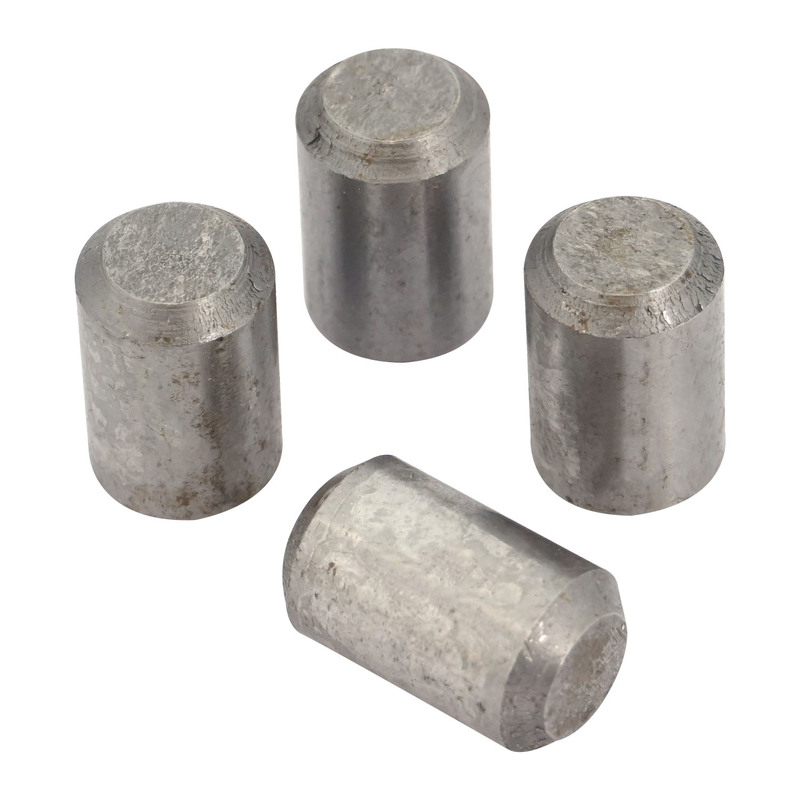British team steams to new land-speed record
Using the vast expanses of California's Edward's Air Force Base, driver Charles Burnett III and a car dubbed the world's fastest teapot averaged 139.843 km/h on two runs over a measured mile to break a record that had stood for more than 100 years.
Burnett reached 219km/h on the first run and 243km/h on the second. The new international record breaks the previous official FIA record of 206km/h that was set at Daytona Beach way back in 1906 by American, Fred Marriott, driving a Stanley Steamer.
There was a more recent steam-powered record attempt in 1985 when driver Bob Barber clocked 234km/h but official records have to be run two ways and Barber only went one way.
Before the successful record attempt, the British team had acknowledged Barber's "Steamin' Demon" as the fastest steam car in the world but while it achieved an American national record, there was no attempt to establish an official two-way FIA record.
Despite this, the British Steam Car Challenge team saw Barber's 234km/h as the speed to beat.
As well as being deadly serious about breaking the record with the seriously streamlined car, the team's other objective was to promote awareness of ecologically responsible technology.
Weighing around three tonnes, the sleek car is made from a mixture of lightweight carbon-fibre composite and aluminium wrapped around a steel space-frame chassis. Its 12 boilers contain nearly two miles of tubing and demineralised water is pumped into the boilers at up to 50-litres a minute and the burners produce three megawatts of heat. Steam heated to 400 C is injected into the turbine at more than twice the speed of sound.
The first run took place at 7.27am when the air temperature was a cool 17 C and with just eight minutes to spare, the team turned around the car in 52 minutes in preparation for its return run. The car took 4km to accelerate and after the measured mile, a further 4km to decelerate - so each run was actually over 10km.













